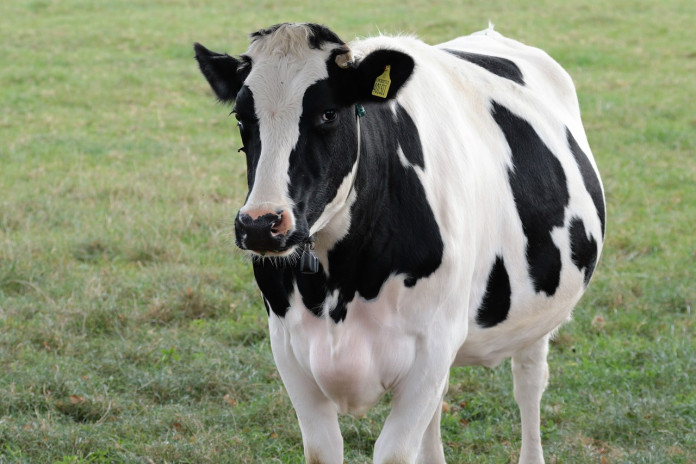Ohio State University Extension has a long history of providing financial management information to Ohio dairy farmers.
Because of the excellent work of Dianne Shoemaker, field specialist, dairy production economics, the 2015 Ohio Dairy Enterprise Analysis is complete. Thank you to the participating farms and the professionals who submitted data.
The following are a few highlights summarizing the data collected. I encourage you to obtain a copy of this report to compare your farm against the benchmark values outlined in this report.
A total of 40 dairy enterprises participated in the 2015 Ohio Farm Business Analysis and Benchmarking Program. Data for more than 12,600 cows are included, representing nearly 5 percent of Ohio’s dairy herd.
Herd size ranged from 30 to more than 1,200 cows with three herds milking more than 1,000 cows. Thirty-seven of the dairy enterprises were managed conventionally, and three were managed organically.
Three of the conventional dairy enterprises used robotic milkers. Much like this year, 2015 was a challenging year for many dairy farmers, and a stark contrast to 2014, which was characterized by strong milk markets and record high prices.
Milk prices
Most Ohio dairy farms market their milk in Federal Order 33. The Class III milk price averaged $15.80 per hundredweight (cwt.) for the year. This was $6.54 lower than 2014.
The Producer Price Differential (PPD) averaged $0.44 per cwt., down from $0.82 per cwt the year prior, resulting in an average Statistical Uniform Price (SUP) of $16.24 per cwt. in 2015.
The 2015 SUP was $6.93 per cwt. lower than 2014, a 30 percent decline from 2014’s average of $23.16 per cwt. The SUP represents the base price every dairy farm selling Grade A non-organic milk in Federal Order 33 would receive, plus or minus component, somatic cell, and/or quality or quantity adjustments.
The average milk price received by the 37 conventionally managed dairy enterprises in 2015 was $18.39 per cwt., ranging from $13.24 to $24.63 per cwt. The three organically managed herds received an average milk price of $36.51 per cwt.
Record low returns
Net returns in 2015 were extraordinarily low, averaging $36.42 per cow, before a labor and management charge, for all herds. This net return is the lowest in five years of Ohio data.
Net return
We typically see a large range in net return per cow among farms in the analysis with this year’s surpassing $4,200 per cow, ranging from a loss of $1,983 per cow to net return of $2,234 per cow.
If only the 37 conventional herds are considered, the average net return drops to a loss of $91.92 per cow. Fully half of the conventional herds experienced a negative net return per cow with two additional herds generating $100 per cow.
The conventional herds that experienced a net return of less than zero experienced an average loss of $605 per cow.
Herd Size
All herds averaged 323 cows, with herd size ranging from 30 to more than 1,200 cows. To provide meaningful information for herds of different sizes, enterprise summaries per cow and per cwt were generated for herds with 50 to 100 cows, 100 to 200 cows, 200 to 500 cows, and herds with more than 500 cows.
Benchmark reports were also generated for herds with 30 to 200 cows, 200 to 500 cows, and 200 to 1,200 cows both per cow and per cwt.
Summary
The 2015 Ohio Farm Business Summary Dairy Enterprise Analysis is an excellent report for all dairy farmers to review.
Becoming familiar with the information in this report can help determine how well your farm is performing compared to those participating in this analysis.
If you are interested in having an analysis conducted of your farm finances, contact your local Extension office. Information about participation is also available at http://farmprofitability.osu.edu.













